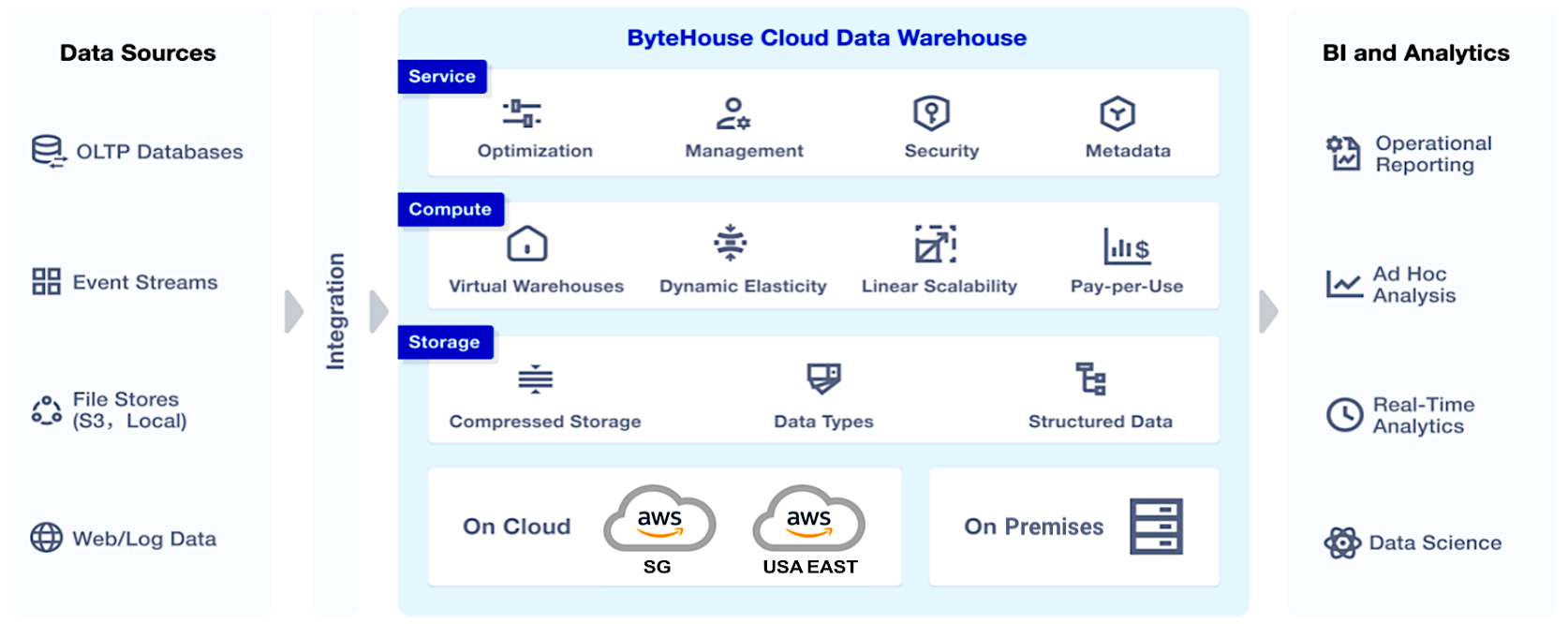How to Unravel the Intertwined Relationship between Big Data and IoT
A Symbiotic Relationship Harnessing the Power of Data for a Connected Future
The interplay between Big Data and the Internet of Things (IoT) is reshaping the landscape of technology, offering a glimpse into a future where data isn’t just big—it’s colossal. Big Data, encompassing the vast and complex datasets generated by modern technologies, offers a wealth of insights into human behaviour, business operations, and the natural world. The IoT, a network of interconnected devices, sensors, and appliances, continuously streams data, providing a real-time understanding of our physical surroundings.
These two concepts, though distinct, are inextricably linked, forming a symbiotic partnership that drives innovation and unlocks a world of possibilities. Big Data provides the tools and infrastructure to collect, store, and analyse the vast amounts of data generated by IoT devices, while IoT serves as the primary source of data for Big Data analytics. This synergy has led to groundbreaking advancements in various fields, including healthcare, manufacturing, transportation, and environmental monitoring. In this exploration, we’ll unravel the intricate relationship between these two transformative forces and understand how their synergy is driving innovation across industries.
Big Data: The Foundation of IoT
Big Data refers to the vast and complex datasets that are rapidly growing in volume, velocity, and variety. These datasets, generated from various sources, including IoT devices, social media, and financial transactions, hold immense potential for insights and value creation. Big Data technologies provide the tools and infrastructure to collect, store, manage, and analyse these datasets, enabling organisations to extract meaningful patterns, trends, and knowledge.
The proliferation of IoT devices has significantly expanded the scope of Big Data, generating real-time data streams from sensors, actuators, and connected devices. This influx of data has further challenged traditional data management approaches, necessitating advanced Big Data solutions to effectively handle the sheer volume, velocity, and variability of the data.
IoT: The Data Generator
IoT, also known as the Machine-to-Machine (M2M) Internet, encompasses the network of physical devices embedded with electronics, software, sensors, actuators, and connectivity, enabling these objects to connect and exchange data over the internet. This interconnectedness of devices has given rise to an unprecedented volume of data, providing a rich source of information for Big Data analysis.
IoT devices collect data from their surroundings, providing insights into various aspects of the physical world, such as environmental conditions, machine performance, and user behaviour. This data is then transmitted to centralised platforms, where it is aggregated, stored, and analysed using Big Data techniques.
How are Big Data and IoT intertwined?
The Role of Big Data in IoT
Big Data plays a crucial role in enabling the full potential of the IoT. It provides the computational power and analytical capabilities to extract meaningful insights from the vast streams of data generated by IoT devices. This data can be used to optimise processes, improve decision-making, and predict future trends.
Data Collection and Storage
The first step in utilising Big Data for IoT is to effectively collect and store the data generated by IoT devices. This involves establishing secure and scalable data pipelines that can handle the high volume and velocity of IoT data. Cloud-based storage solutions are often employed due to their ability to provide elastic storage capacity and on-demand access to data.
Data Processing and Analysis
Once the data is collected and stored, it needs to be processed and analysed to extract meaningful insights. Big Data analytics and data mining techniques are employed to identify patterns, trends, and anomalies in the data. These insights can then be used to optimise processes, improve decision-making, and predict future trends.
The Role of IoT in Big Data
The IoT plays a crucial role in providing a continuous stream of data for Big Data analytics. IoT devices, embedded with sensors and actuators, collect data from their surroundings, providing real-time insights into various aspects of the physical world. This data is then fed into Big Data analytics platforms, such as ByteHouse, enabling real-time monitoring, predictive maintenance, and automated decision-making.
Real-time Monitoring and Analytics
The ability of IoT devices to generate real-time data enables continuous monitoring and analysis. This is particularly valuable in applications such as healthcare, where real-time patient monitoring can detect and alert medical personnel to potential health issues promptly. Similarly, in manufacturing, real-time monitoring of production lines can identify potential defects and optimise production processes.
Predictive Maintenance and Automation
Big Data analytics can analyse historical data from IoT devices to predict potential failures or anomalies. This predictive maintenance capability can schedule maintenance activities proactively, reducing downtime and improving asset utilisation. Big Data analytics can automate various tasks, such as adjusting HVAC systems based on occupancy levels or optimising traffic flow in urban areas.
Key Enablers of the Big Data-IoT Partnership
Several key enablers facilitate the effective integration of Big Data and IoT:
Data Connectivity: Ensuring seamless connectivity between IoT devices and data platforms is crucial for real-time data collection and transmission.
Data Storage: Scalable and efficient data storage solutions are essential to accommodate the growing volume of IoT data.
Data Processing: High-performance data processing frameworks enable the timely analysis of IoT data streams.
Data Security: Robust cybersecurity measures safeguard sensitive IoT data from unauthorised access and breaches.
Data Analytics: Advanced analytics techniques, using modern data platforms such as ByteHouse, are employed to extract meaningful insights from IoT data.
Use Cases
Integrating Big Data and IoT has led to the emergence of innovative use cases across various industries:
Healthcare: Real-time monitoring of patient vitals, wearable devices for tracking health parameters, and AI-powered diagnostics.
Manufacturing: Predictive maintenance of machinery, optimisation of production processes, and real-time supply chain management.
Transportation: Smart traffic management systems, real-time traffic monitoring, and autonomous vehicles.
Retail: Personalised customer experiences, targeted product recommendations, and inventory optimisation.
Smart Cities: Energy-efficient buildings, optimised resource management, and real-time traffic and parking management.
Environmental Monitoring: Air quality monitoring, water quality monitoring, and wildfire detection systems.
ByteHouse, a modern cloud data warehouse, can help in analysing IoT data by providing a unified and scalable platform for storing, processing, and deriving insights from massive volumes of real-time data generated by IoT devices. By seamlessly integrating and structuring diverse data sources, it empowers organisations to conduct advanced analytics, uncover patterns, and make informed decisions, enabling them to harness the full potential of IoT data for improved operational efficiency, predictive maintenance, and data-driven innovation.

The convergence of Big Data and IoT is driving a fundamental change in the way we interact with the physical world. Big Data provides the tools and infrastructure to harness the vast amounts of data generated by IoT devices, while IoT serves as a continuous source of data for Big Data analytics. This synergy is driving advancements in various industries and shaping a more connected and intelligent future. As technology continues to develop, integrating Big Data and IoT will only become more pervasive, leading to even more groundbreaking applications and transformative impact.
